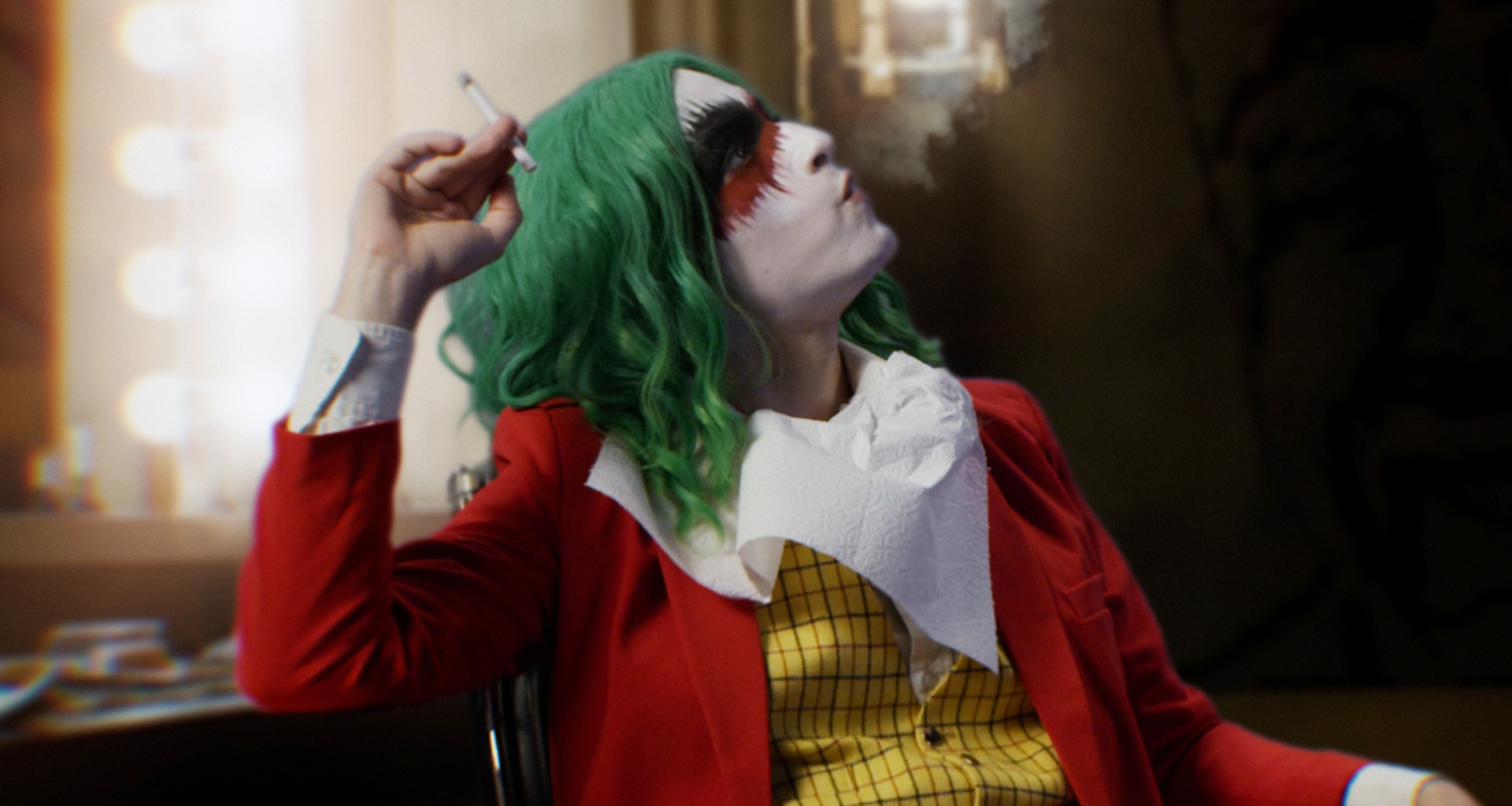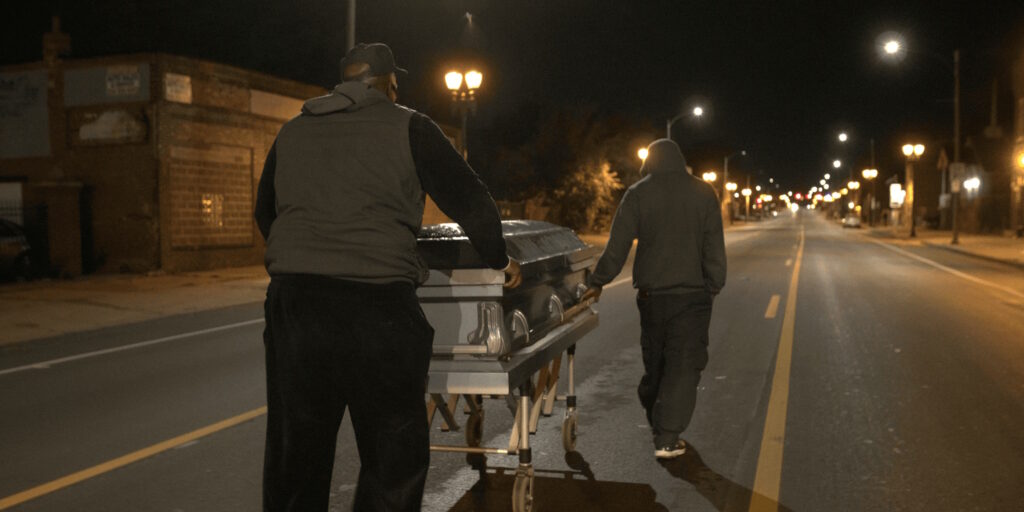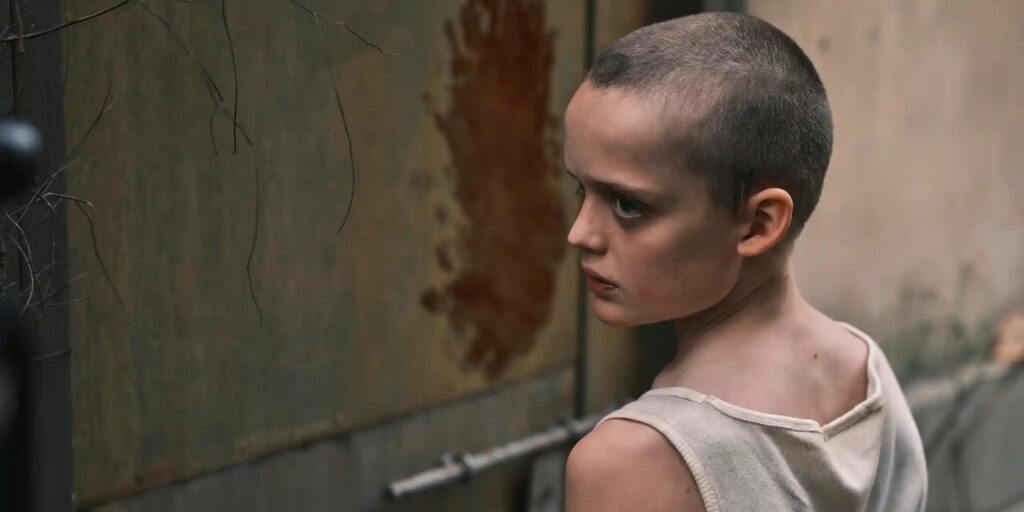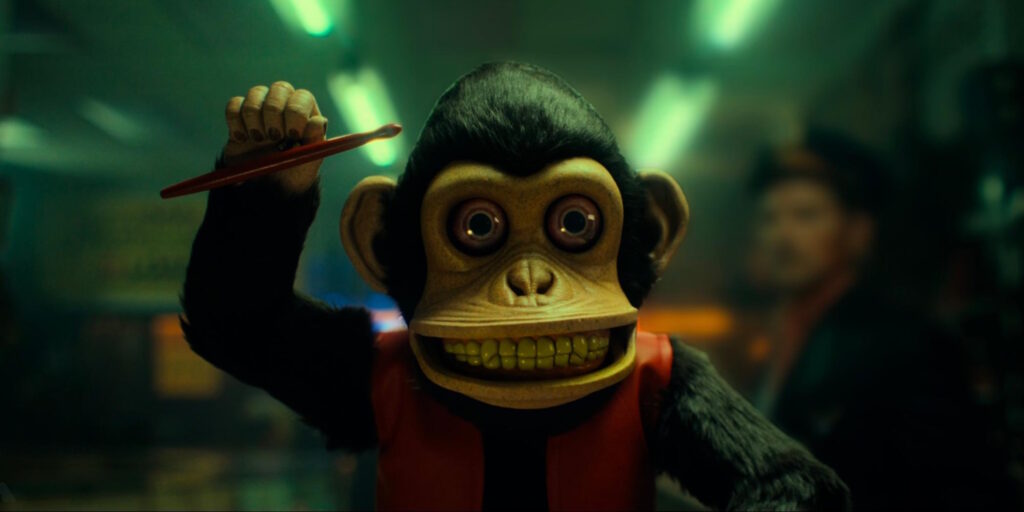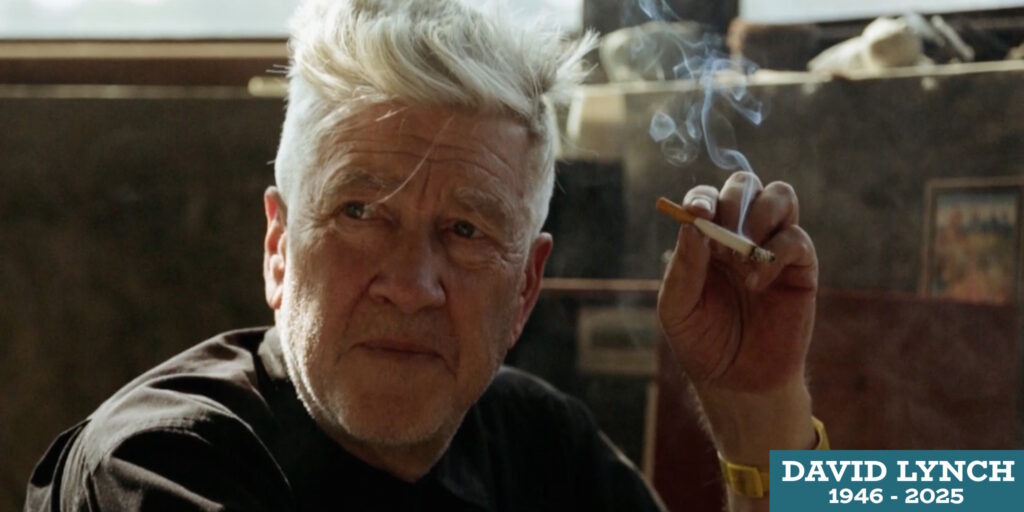It’s difficult to imagine Joker exhibiting unreserved approval for his present era of pop-cultural ubiquity. After all, the Clown Prince of Crime has been portrayed in two separate Oscar-winning performances, which puts him in rarefied company: Only The Godfather’s Vito Corleone and West Side Story’s Anita can also claim such an honor. That factoid would doubtlessly tickle Joker’s narcissism, but Batman’s archnemesis is an amoral chaos agent at heart. He’s a prankster who delights in violently upending the status quo and undermining social norms, even if it’s just for a cheap laugh. Accordingly, one envisions him being a bit conflicted about his persona becoming such a mainstream institution that it’s been immortalized in multiple Lego minifigures.
Whatever else one might say about director Vera Drew’s delightfully deranged (and utterly unauthorized) trans coming-of-age tale, The People’s Joker, it feels like Joker himself would probably cackle at the sheer audacity of its existence. A true guerilla art object that repurposes characters from one of the most ruthlessly policed intellectual properties in the world, Drew’s feature has courted notoriety (and punk credibility) since its premiere at the Toronto International Film Festival in 2022. Whatever legal entanglements her film might have knowingly provoked have apparently been resolved, as The People’s Joker has emerged from the shadow of a cease-and-desist letter and found a wider audience thanks to LGBTQ indie distributor Altered Innocence.
Drew stars as the titular Joker, a trans woman from Smallville who narrates in flashback the coming-out journey that was catalyzed by her relocation to the urban dystopia of Gotham City. Following a vague catastrophe known as the “Cyber-Wars,” comedy has become the lingua franca of Gotham, thanks to the pervasive use of the feel-good inhaled pharmaceutical Smylex. (Here Drew’s film nods to 1989’s Batman, just one of the countless Easter eggs that reveal the loving, obsessive Batman-ology beneath the filmmaker’s middle-finger irreverence.) Joker herself has been taking this drug for years, ever since her mother (Lynn Downey) marched her into the office of the nefarious psychiatrist Dr. Crane (Christian Calloway) for the sin of timidly questioning her gender identity.
Although Gotham might have a veneer of gritty lawlessness, everything in the city is actually tightly controlled, especially comedy. Clowning has become respectable – white makeup, rainbow wigs, and jester’s motley are everywhere – but only within a narrow, approved framework that is beholden to the male-Joker / female-Harlequin binary. These norms are dispersed by a chattering, multi-channel propaganda machine worthy of a Paul Verhoeven satire, and enforced by the menacing shadow of the Caped Crusader. In the film’s cracked-mirror, Adult Swim version of the DC Comics universe, Batman (Phil Braun) is a semi-retired fascistic egomaniac who maintains order in Gotham via Bat-Drones while he grooms vulnerable adolescents to be his, um … wards.
The pinnacle of Gotham’s comedy world is UBC Live, a weekly showcase overseen by supervillain Lorne Michaels (Maria Bamford). Despondent after a miserable audition for UBC, Drew’s Joker allies with the affable Penguin (Nathan Faustyn) and other failed stand-up comedians to establish an underground club, a safe space where they can develop their routines away from prying Bat eyes. There, Joker meets edgelord trans performer Mr. J (Kane Distler) and falls hard for his bad-boy shtick. After a whirlwind romance, Mr. J cajoles Joker into taking a swan dive into a vat of estrogen, supercharging the latter’s transition. However, Mr. J isn’t quite the kind-hearted soul he appears to be – that “Damaged” tattoo on his forehead is probably a red flag – and Joker has a long way to go before she becomes the queer, self-assured clown princess she was always meant to be.
Any effort to satirize the DC Comics universe starts at a bit of a disadvantage, as DC has been satirizing itself for some time. Batman, Joker, Harley Quinn, and all the other allies and enemies in the Caped Crusader’s orbit have been de- and re-constructed numerous times in the comics and other media. Looking for a densely referential Batman comedy that’s also family-friendly? There’s The LEGO Batman Movie (2017). Want an unabashedly queer and foul-mouthed satire of Gotham City? Check out Max’s Harley Quinn series (2019-). However, the primary aim of The People’s Joker is not really to parody popular DC characters. It’s more like a work of alternate-universe fanfiction, one that reimagines familiar people and places in a weirder, more political, R-rated context. Crucially, Drew’s film doesn’t puff itself up as insightful for portraying Batman as a creepy fascist: It simply takes it as a given that Batman would be a creepy fascist in the queer version of Gotham, and then proceeds from there.
It takes gonads to craft a work that is both a brazen copyright breach and a vulnerable work of semi-autobiography, but mere courage will only take a filmmaker so far. As one might expect of a low-budget, deeply personal film from a first-time feature director, The People’s Joker is a little rough around the edges. It looks cheap, as most DIY passion projects tend to be, replete with crude digital backdrops and sin-ugly computer-animated characters. Some of the acting is wobbly – Drew herself seems most at ease when she is muttering droll asides, less so when she is narrating – and the film’s witticisms land with a thud as often as they elicit a chuckle. As a comedy feature, it’s a mixed bag with too many dated-on-arrival Very Online references and too much flailing “anti-comedy,” although there are a handful of memorable gags. (One favorite: a running joke about canceled and problematic real-world comedians, whom the characters nervously cite as influences – “before all the unpleasantness, of course.”)
So why does this amateurish, middling comedy prove to be such a charming and infectious work of punk cinema? In part, it’s attributable to the sheer madcap, transgressive energy that Drew brings to every second of her feature’s 92 minutes. The filmmaker hardly needs to prove herself: She’s been working steadily as an editor and director on comedy podcasts, Web series, and television shows for more than a decade-and-a-half, and she already has an Emmy nomination for her work on the mockumentary series Who Is America? (2018). However, The People’s Joker has the unmistakable, riotous vigor of an auteur giddily dumping out the contents of their weirdo brain in public. Drew vomits forth every cinematic influence, every shameful neurosis, and every deep-cut Batman reference into a radioactive, vibrating kaleidoscope of images and sounds. The film’s heavy reliance on phony-looking green screen eventually begins to resemble a feature rather than a bug, as it bestows The People’s Joker with the vibe of an filthy-minded cable-access fever dream. The whole affair has a cringey, surrealistic, and fidgety character that will be familiar to fans of Tim and Eric Awesome Show, Great Job! In a bit of a tell, Tim Heidecker himself voices journalist Perry White, here recast as an Alex Jones-style crackpot.
In addition to live-action sequences, The People’s Joker boasts at least a half-dozen different styles of hand-drawn and computer animation, as well as puppetry, machinima, and digital manipulation of real-world news imagery and video. The film’s style never stays consistent for more than few cuts, which lends it the fitting sensibility of the direct neural feed from a short-circuiting (and very queer) ADHD brain. Drew dedicates her feature to Joel Schumacher, but she is drawing from a host of forebears, including Jerry Lewis, Sam Raimi, Tim Burton, Mike Judge, Edgar Wright, and Phil Lord and Christopher Miller – without ever feeling as polished or mainstream as any of those influences. (John Waters, on the other hand, feels like he could be Drew’s second cousin.) It’s the sort of oddball picture that will reference H.R. Pufnstuf (1969) and Evil Dead II (1987) for no particular reason, or drop allusions to passé comedians like Jim Carrey, Bobcat Goldthwait, and Andrew Dice Clay with an apologetic half-smile.
This all could have come off as exhausting, but Drew’s performance has a self-effacing, humanist pathos that counteracts the film’s otherwise acidic misanthropy. And for all its psychedelic aesthetic mayhem, The People’s Joker wrestles sincerely with notions of family, romance, happiness, queer solidarity, and artistic integrity. The screenplay – co-written with Bri LeRose – also has a surprisingly sweet, earnest side, one that pushes back ever-so-slightly against queer tropes and glib armchair psychology. Of all the places one might expect an underground trans Joker film to go, leveraging comic-book multiverse theory to arrive at a sun-kissed Steve Miller Band sing-along is not the most obvious destination. Still, the O.G. Joker himself would probably approve of the swerve
The People’s Joker will screen at the Webster University Film Series on April 18-21 and at Arkadin Cinema & Bar on April 26-28.
